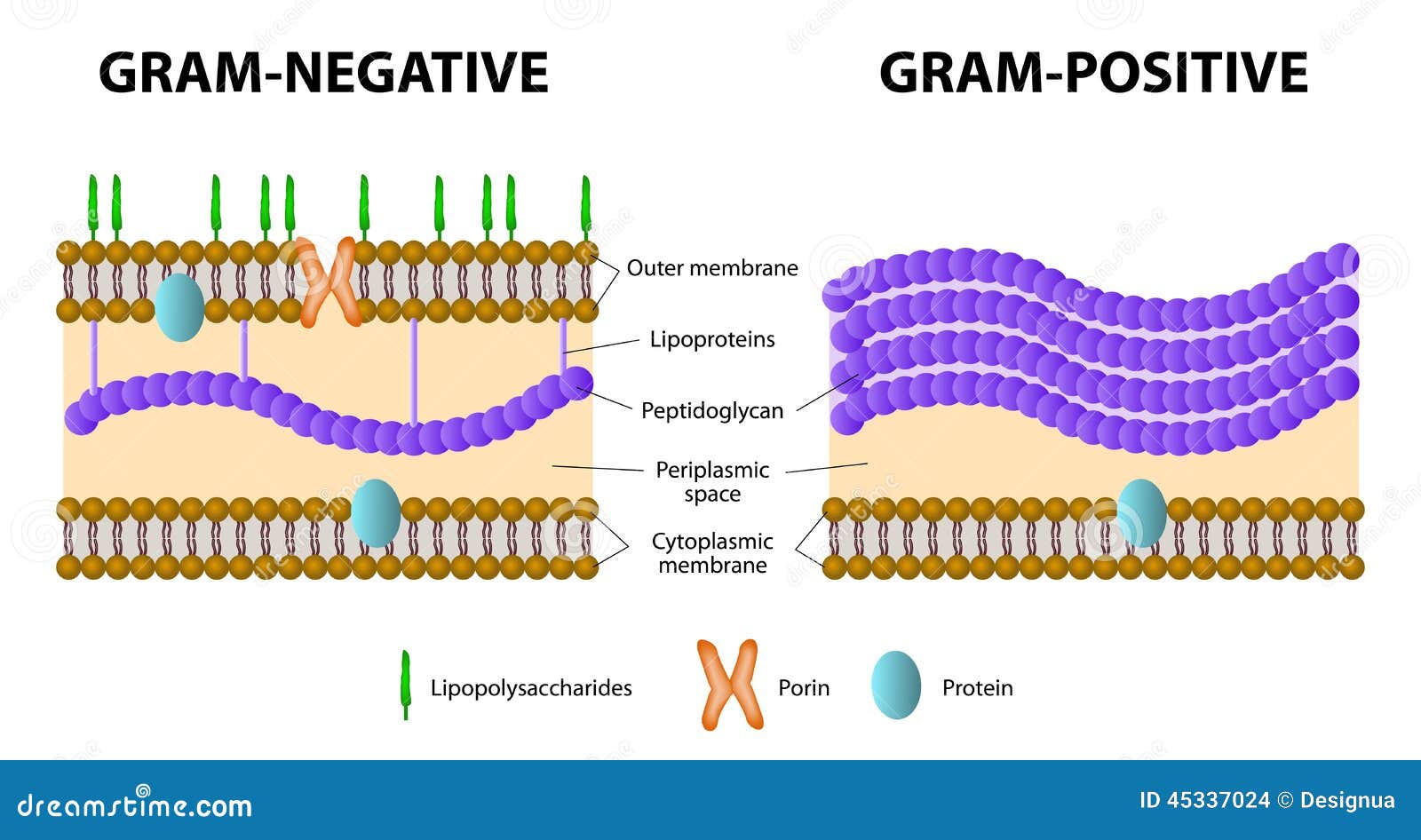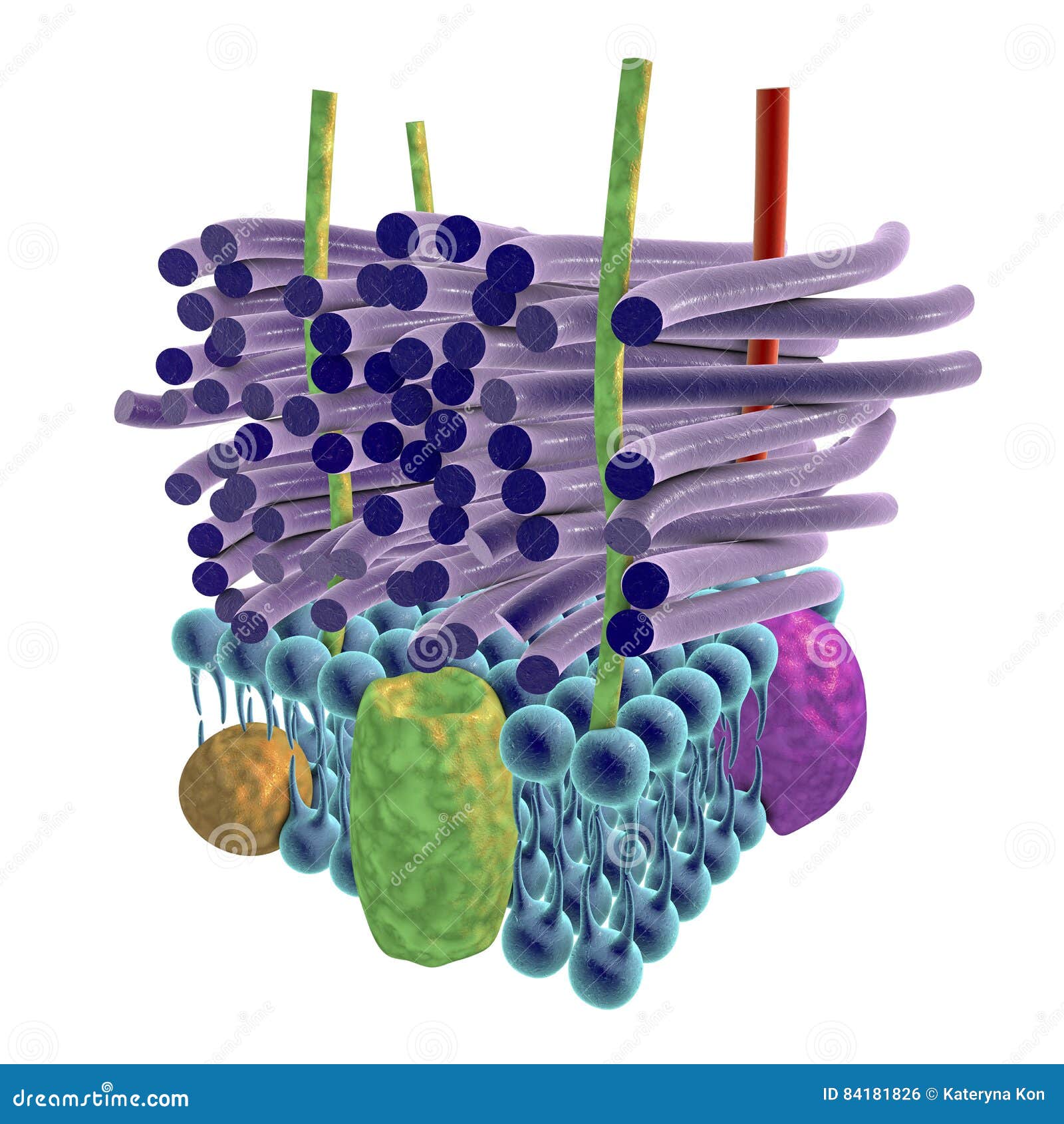

Recent advances in microscopy, which are discussed in other articles on this subject, have revealed strikingly nonrandom localization of envelope components. They also function as surfaces on which reactions can occur. However, membranes do not simply serve to segregate different types of molecules. Specialized functions occur within different compartments because the types of molecules within the compartment can be restricted. It is easily appreciated that a living system cannot do what it does without the ability to establish separate compartments in which components are segregated. The following discussion concerns the organization, composition, and the functions of the various layers and compartments that make up this remarkable cellular structure. To survive, bacteria have evolved a sophisticated and complex cell envelope that protects them, but allows selective passage of nutrients from the outside and waste products from the inside. Unlike cells of higher organisms, the bacterium is faced with an unpredictable, dilute and often hostile environment. The bacterial cell envelope, i.e., the membrane(s) and other structures that surround and protect the cytoplasm, however, is anything but a simple membrane. This view persisted for a number of years, particularly in the case of bacteria, because it could not be envisioned how such a “simple” organism could have anything but a simple membrane ( Rothfield 1971). Before this, many viewed the membrane as a semipermeable bag. Despite its obvious importance, membranes and their associated functions remained poorly understood until the 1950s. In addition to lipid components biological membranes are composed of proteins the proteins are what make each membrane unique. In almost all cells this structure is a phospholipid bilayer that surrounds and contains the cytoplasm. Chemists tend to think of membranes as self assembling but biological membranes do not self assemble they require energy to be established and maintained.

Everything that exists outside of the biological membrane is nonliving. That means that the essence of the living state must be contained within the biological membrane it is a defining feature of all living things. The cell is a finite entity with a definite boundary, the plasma membrane. It has been well known since the late 1830s that all living organisms are composed of fundamental units called cells.


 0 kommentar(er)
0 kommentar(er)
